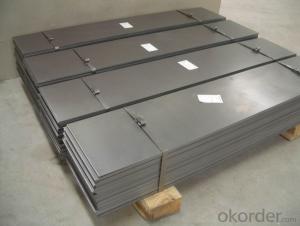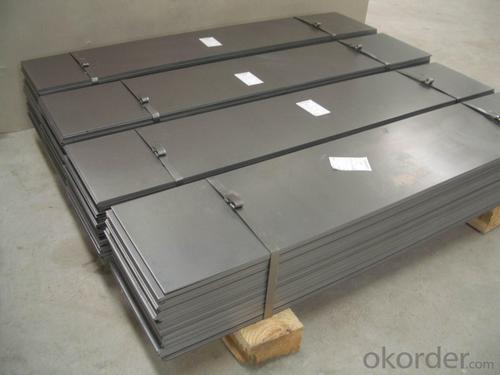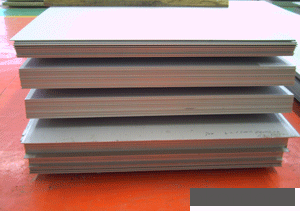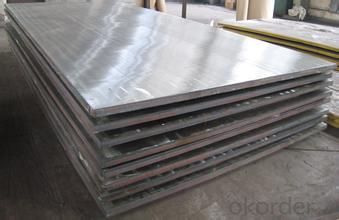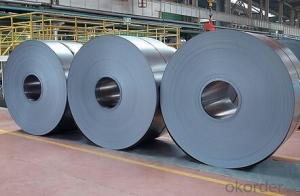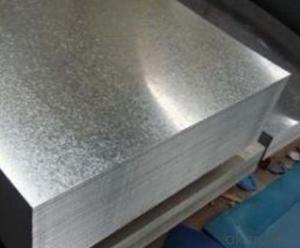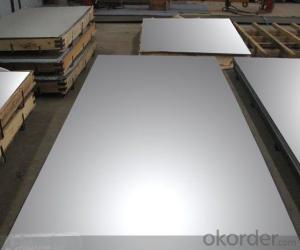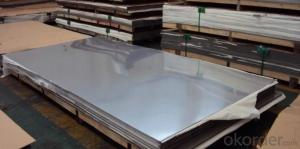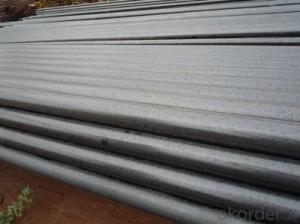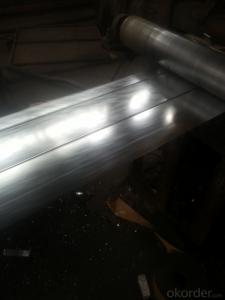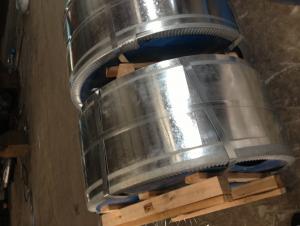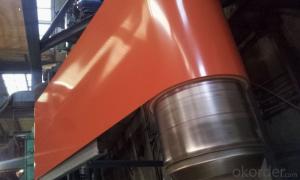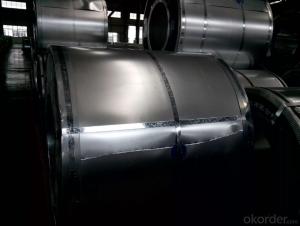Stainless Steel Plate ASTM Standard 200,300,400 Series
- Loading Port:
- China main port
- Payment Terms:
- TT or LC
- Min Order Qty:
- 50 m.t.
- Supply Capability:
- 1000 m.t./month
OKorder Service Pledge
OKorder Financial Service
You Might Also Like
1.Structure of Stainless Steel Plate Description
Be used in manufacture of medical equipment, auto parts, heat-resistant kitchen utensils, electrical accessories , construction decoration ,etc.The surface brightness and flatness of no2B is better than no2D. then through a special
surface treatment to improve its mechanical properties,No2B could nearly satisfy comprehensive uses.
2.Main Features of the Stainless Steel Plate
• Decoration
• Daily Necessities
•,Medical Treatment
• Daily Necessities
3. Stainless Steel Plate Images

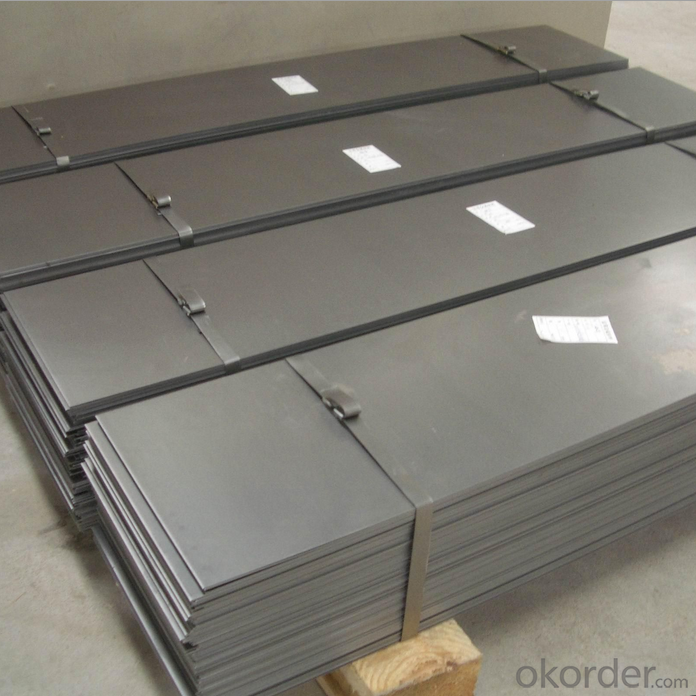
4. Stainless Steel Plate Specification
Product Name | ASTM Standard 200,300,400 Series Stainless Steel Plate |
Standard | JIS AISI ASTM GB DIN |
Grade | 200/300/400 Series |
Thickness | 0.2mm-100mm |
Width | 100mm-2000mm |
Length | According to clients’ requirement |
Surface Finish | 2B ,BA ,8K ,NO4,NO2, NO1 ,Hair line ,EMBOSSED... |
Technique | Cold rolled ,Hot rolled |
Package | Seaworthy packing or as the consumers’ demand |
Application | Be used in manufacture of medical equipment, auto parts, heat-resistant kitchen utensils, electrical accessories , construction decoration ,etc |
5.FAQ of Stainless Steel Plate
①Who are you?
We are the manufacturer! We produce stainless steel products
with high quality & very competitive price!Please feel free to
contact us for more information!
②How long can we receive the product after purchase?
In the purchase of product within three working days, We will arrange the factory delivery as soon as possible. The pecific time of receiving is related to the state and position of customers.Commonly 7 to 10 working days can be served.
③How about your company?
A world class manufacturer & supplier of castings forging in Stainless Steel Sheet,is one of the large-scale professional investment casting production bases in China,consisting of both casting foundry forging and machining factory. Annually more than 8000 tons Precision casting and forging parts are exported to markets in Europe,America and Japan. OEM casting and forging service available according to customer’s requirements.
- Q: Causes of zinc removal in hot rolled strip
- The Al content in the alloy layer is little, and the Fe2Al5 alloy layer which is decisive to the adhesion of the zinc layer is not generated, or the alloy layer is damaged by the excessive growth of the iron zinc alloy layer.
- Q: Can steel strips be used for making electrical contacts?
- Yes, steel strips can be used for making electrical contacts. However, they may not be as commonly used as other materials like copper or silver due to their relatively lower conductivity. Steel strips are often chosen for applications where strength and durability are more important than high electrical conductivity.
- Q: What are the factors that affect the machinability of steel strips?
- There are several factors that can affect the machinability of steel strips. 1. Chemical composition: The composition of the steel, including the presence of alloying elements, can greatly impact its machinability. Elements such as sulfur, phosphorus, and lead can improve machinability, while others like chromium and nickel can decrease it. 2. Hardness: The hardness of the steel strip is another crucial factor. Harder steels tend to be more difficult to machine, as they require more cutting force and can lead to higher tool wear. 3. Microstructure: The microstructure of the steel, including factors such as grain size and distribution, can affect machinability. Fine-grained steels generally have better machinability compared to coarse-grained ones. 4. Heat treatment: The heat treatment process used on the steel strip can significantly impact its machinability. Improper heat treatment can result in increased hardness or internal stresses, making machining more challenging. 5. Cutting conditions: The speed, feed rate, and depth of cut during machining operations also play a critical role in machinability. Proper cutting conditions must be selected to ensure efficient material removal and avoid excessive tool wear. 6. Tool material and geometry: The type of cutting tool used, as well as its material and geometry, can influence machinability. Tools with appropriate hardness, coatings, and cutting edge angles must be selected to optimize the machining process. 7. Lubrication and cooling: The use of appropriate lubricants and coolants during machining operations can enhance machinability. They help reduce friction and heat generation, improving surface finish and tool life. 8. Machine rigidity: The rigidity and stability of the machine used for machining steel strips are crucial factors. Machines with higher rigidity can provide better stability, resulting in improved machinability. Overall, a combination of these factors and their proper consideration is essential to achieve optimal machinability when working with steel strips.
- Q: How do steel strips contribute to product aesthetics in various applications?
- The utilization of steel strips in different applications can have a significant impact on the aesthetics of products. Firstly, the sleek and modern touch provided by steel strips can enhance the overall appearance of a product. The polished and sophisticated look achieved through the smooth and reflective surface of steel is visually appealing to customers. Secondly, the manipulation and formation of steel strips into various shapes and patterns allow for greater design flexibility. This versatility enables manufacturers to create unique and eye-catching designs that differentiate their products from competitors. Steel strips can be customized to meet specific aesthetic requirements, whether for decorative purposes or functional elements. Additionally, the aesthetics of a product can be further enhanced by coating or treating steel strips with different finishes. For instance, the application of colored finishes or protective coatings adds visual interest and durability. The range of available finishes allows designers to achieve different visual effects and textures, resulting in a distinctive and appealing appearance for products. Moreover, steel strips can be combined with other materials to create captivating contrasts or combinations in terms of colors, textures, and finishes. This integration leads to visually striking and harmonious designs that appeal to the senses and emotions of consumers. Lastly, the durability and longevity of steel strips are crucial factors in product aesthetics. By utilizing steel strips, manufacturers can ensure that their products maintain their appearance and functionality over time, contributing to a positive perception of the product's aesthetics. Overall, steel strips offer a multitude of aesthetic possibilities in various applications. Their sleek appearance, design versatility, customizable finishes, compatibility with other materials, and durability all contribute to enhancing the overall aesthetics of products.
- Q: What are the common industry standards for steel strips?
- The common industry standards for steel strips include specifications regarding dimensions, chemical composition, mechanical properties, and surface finish. Some widely recognized standards include ASTM A36, ASTM A1011, and EN 10130. These standards ensure consistency and quality in the production and use of steel strips across various industries.
- Q: How are steel strips used in the production of metal furniture hardware?
- The versatility and strength of steel strips make them a popular choice for metal furniture hardware production. These strips are created by rolling steel sheets through a series of rollers, resulting in the desired thickness and shape. Once acquired, the steel strips can be further processed to manufacture various components of metal furniture hardware, including brackets, hinges, handles, and drawer slides. Specialized tools and machinery are used to cut, bend, and shape the strips into specific forms. One of the main purposes of incorporating steel strips in metal furniture hardware is to provide reinforcement. By integrating steel strips into the design, the strength and durability of the furniture hardware are significantly improved. This is especially important for components that bear heavy loads or undergo frequent movement, such as hinges and drawer slides. Steel strips also have decorative applications in metal furniture hardware. They can be utilized to add aesthetic details and enhance the overall appearance of the furniture. For example, steel strips can be bent or twisted to create intricate designs or patterns on handles and brackets, imparting a stylish and sophisticated look to the furniture. Moreover, steel strips are commonly employed to offer structural support to the furniture. They can be integrated into the frame or structure of the furniture, ensuring increased stability and preventing sagging or warping over time. Due to their exceptional strength and rigidity, steel strips are ideal for guaranteeing the longevity and functionality of metal furniture. In conclusion, steel strips are vital in the production of metal furniture hardware, serving purposes such as reinforcement, decoration, and structural support. They provide strength, durability, and aesthetic appeal to the final product.
- Q: Can steel strips be used for making electrical contacts?
- Steel strips are capable of being used to create electrical contacts. Steel, being a versatile material, possesses outstanding electrical conductivity and mechanical strength, rendering it appropriate for a multitude of applications, including electrical contacts. By manipulating steel strips, they can be transformed into an array of shapes, such as springs, clips, or connectors, thereby facilitating electrical connections between diverse components or devices. Additionally, applying coatings of metals such as nickel or silver onto steel strips serves to amplify their conductivity and safeguard against corrosion. In summary, steel strips present a dependable and economically viable alternative for fabricating electrical contacts in a wide range of industries, encompassing electronics, automotive, and telecommunications.
- Q: Can steel strips be hardened or tempered?
- Yes, steel strips can be hardened or tempered through specific heat treatment processes.
- Q: Can steel strips be customized in terms of thickness, width, and length?
- Yes, steel strips can be customized in terms of thickness, width, and length.
- Q: How are steel strips processed for temperature resistance?
- Steel strips can be processed for temperature resistance through various methods, such as heat treatment, coating, or alloying. Heat treatment involves subjecting the steel strips to controlled heating and cooling processes to alter their microstructure and enhance their resistance to high temperatures. Coating can be applied to steel strips to create a protective barrier against heat, such as using ceramic or refractory coatings. Alloying refers to adding specific elements to the steel composition, such as chromium or nickel, to improve its resistance to temperature-induced degradation.
Send your message to us
Stainless Steel Plate ASTM Standard 200,300,400 Series
- Loading Port:
- China main port
- Payment Terms:
- TT or LC
- Min Order Qty:
- 50 m.t.
- Supply Capability:
- 1000 m.t./month
OKorder Service Pledge
OKorder Financial Service
Similar products
Hot products
Hot Searches
Related keywords
